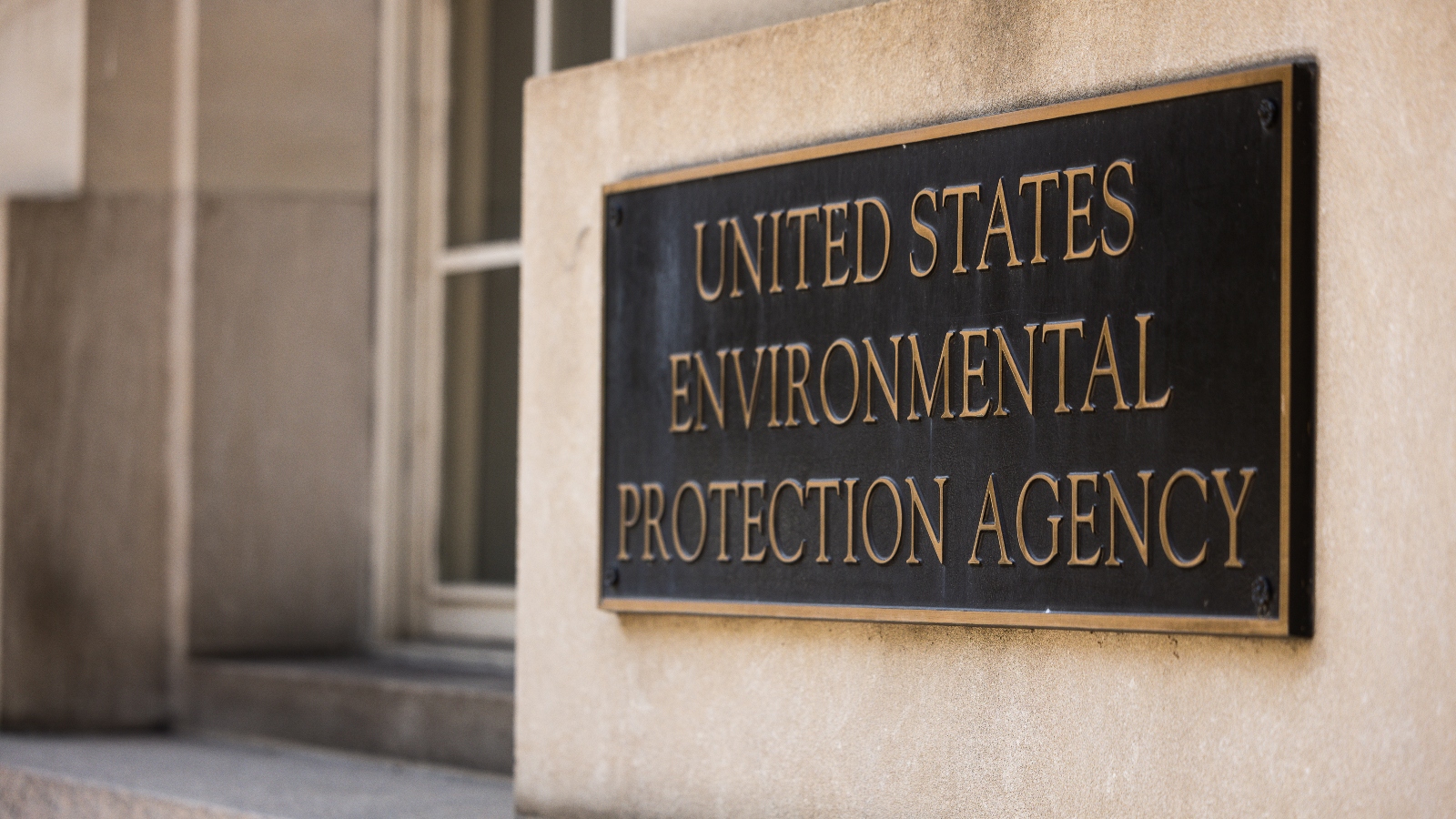Rural Communities Left Behind: EPA's Regional Justice Offices on the Chopping Block

In a stark warning, former Environmental Protection Agency (EPA) professionals are raising alarms about the potential devastating impact on rural and marginalized communities nationwide. These experts highlight a growing concern that vulnerable populations will face diminished environmental safeguards and increasingly limited pathways to address critical health risks.
The emerging landscape threatens to leave many communities exposed to environmental hazards with fewer protective mechanisms and reduced legal recourse. Rural areas, often already struggling with limited resources, stand to be particularly vulnerable to potential environmental challenges that could compromise public health and community well-being.
Former EPA staff emphasize that the erosion of environmental protections could disproportionately affect communities with the least capacity to defend themselves against potential ecological and health threats. Their collective voice serves as a critical reminder of the importance of maintaining robust environmental safety nets for all Americans, regardless of geographic or economic circumstances.
